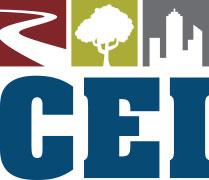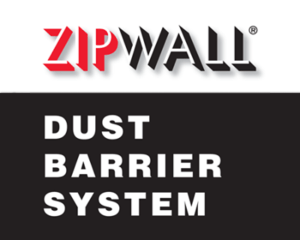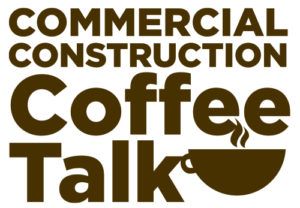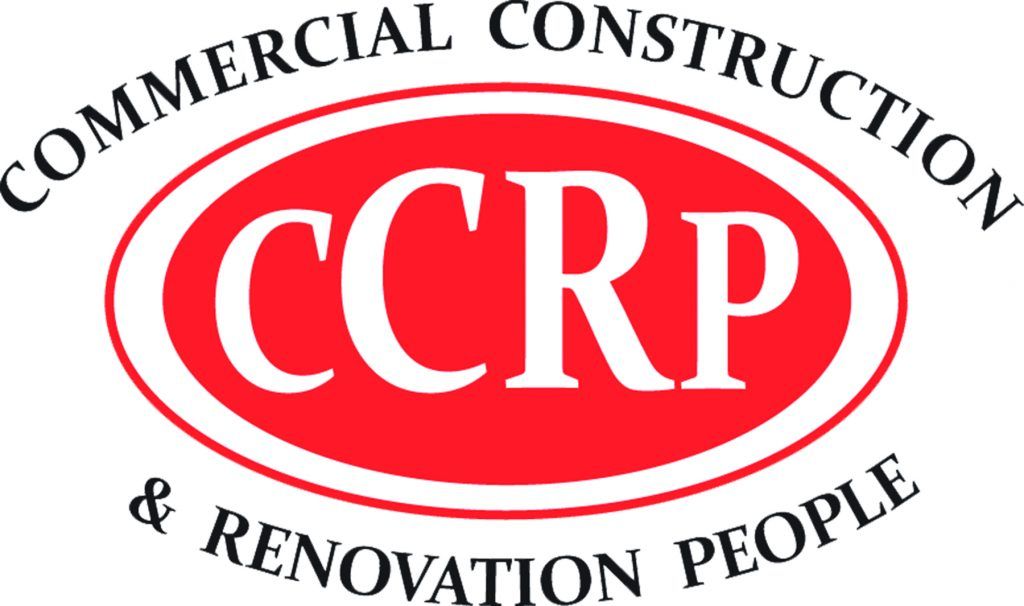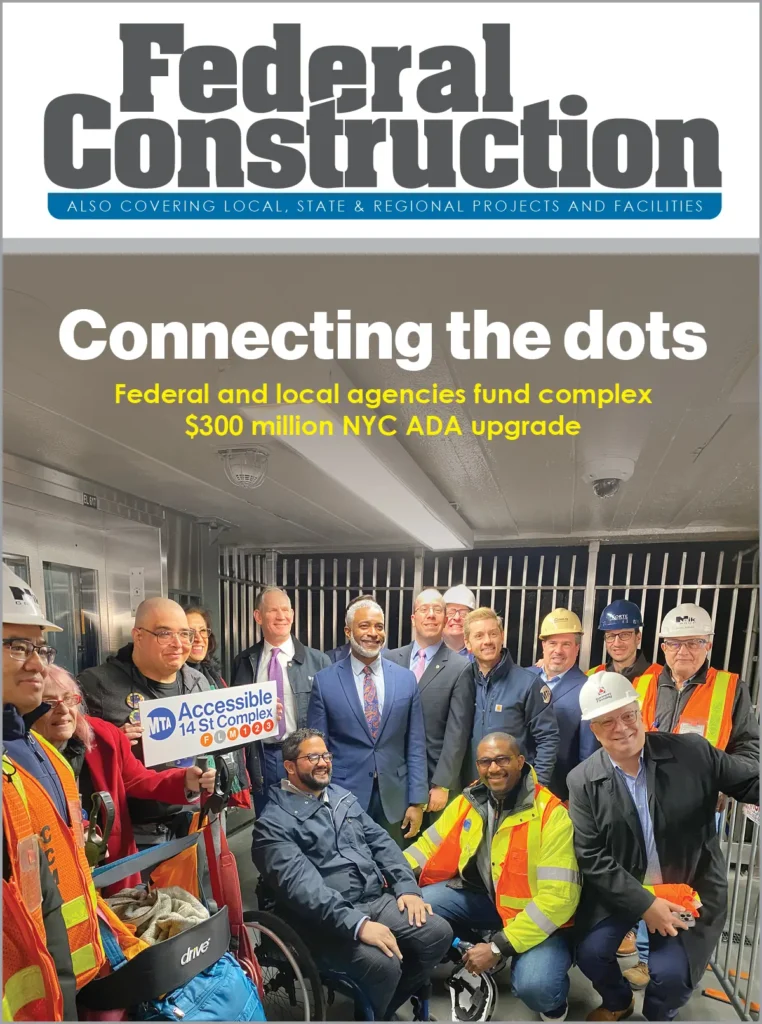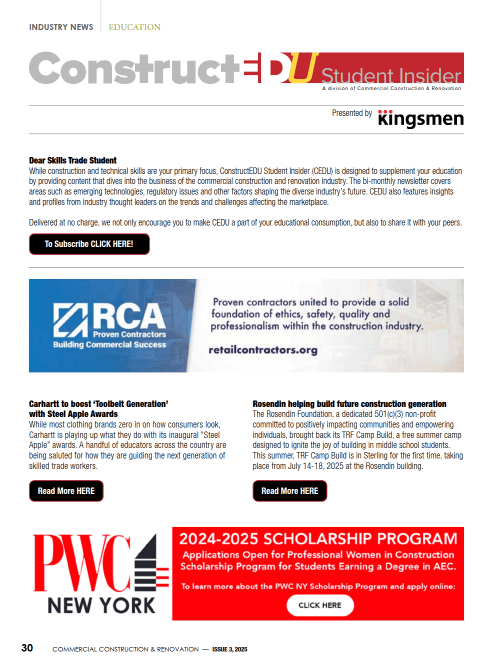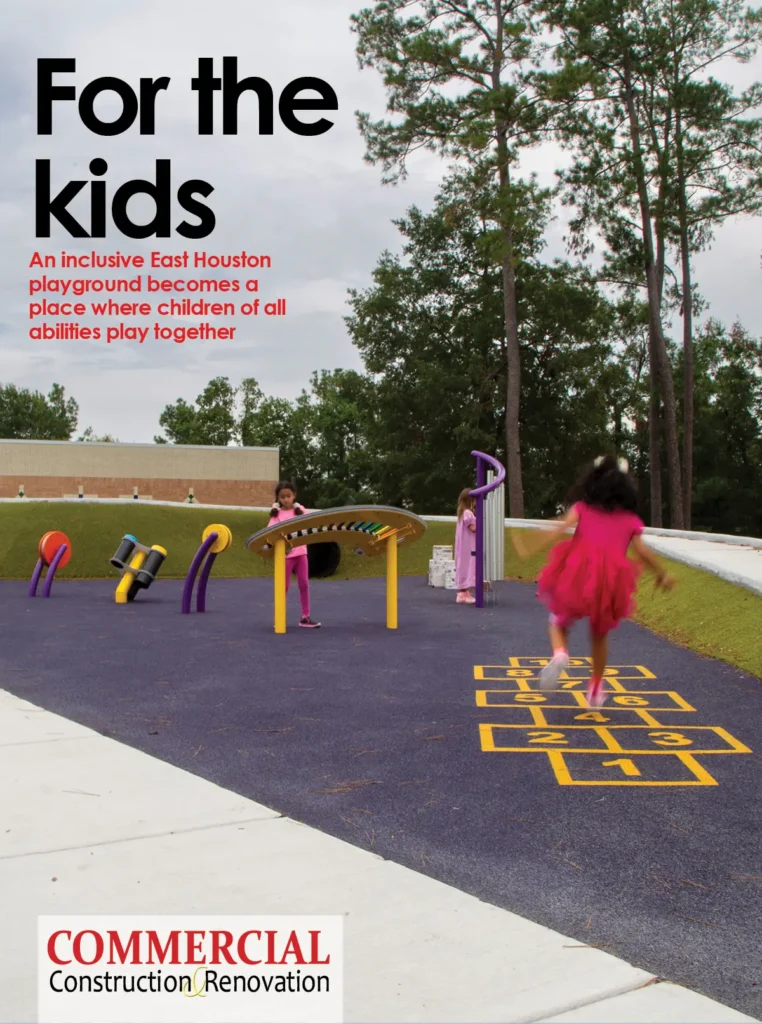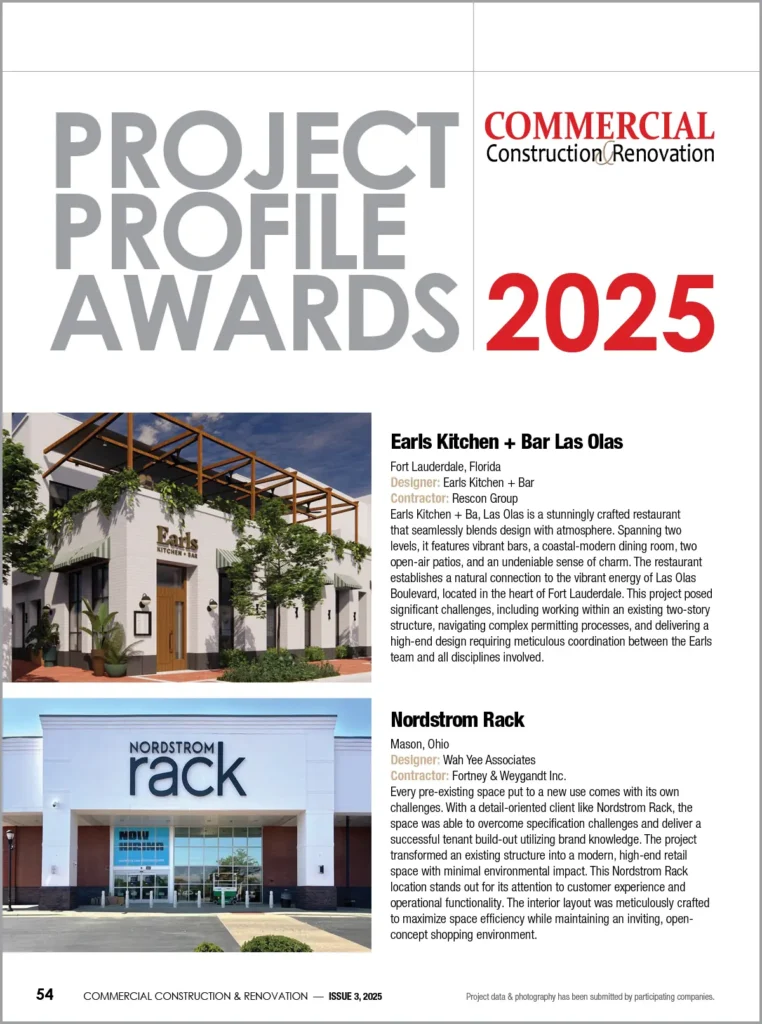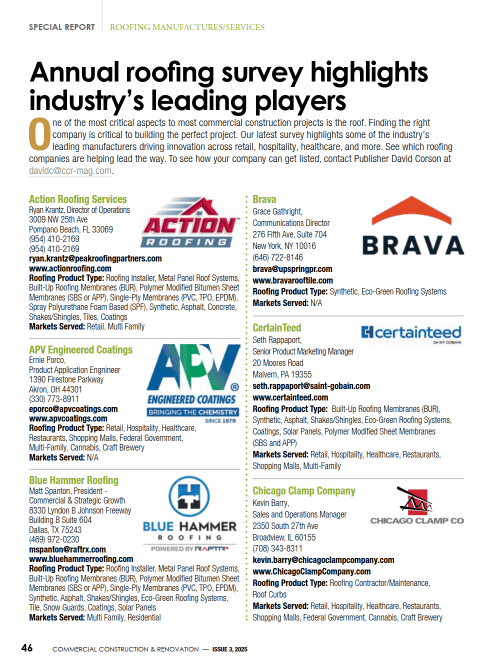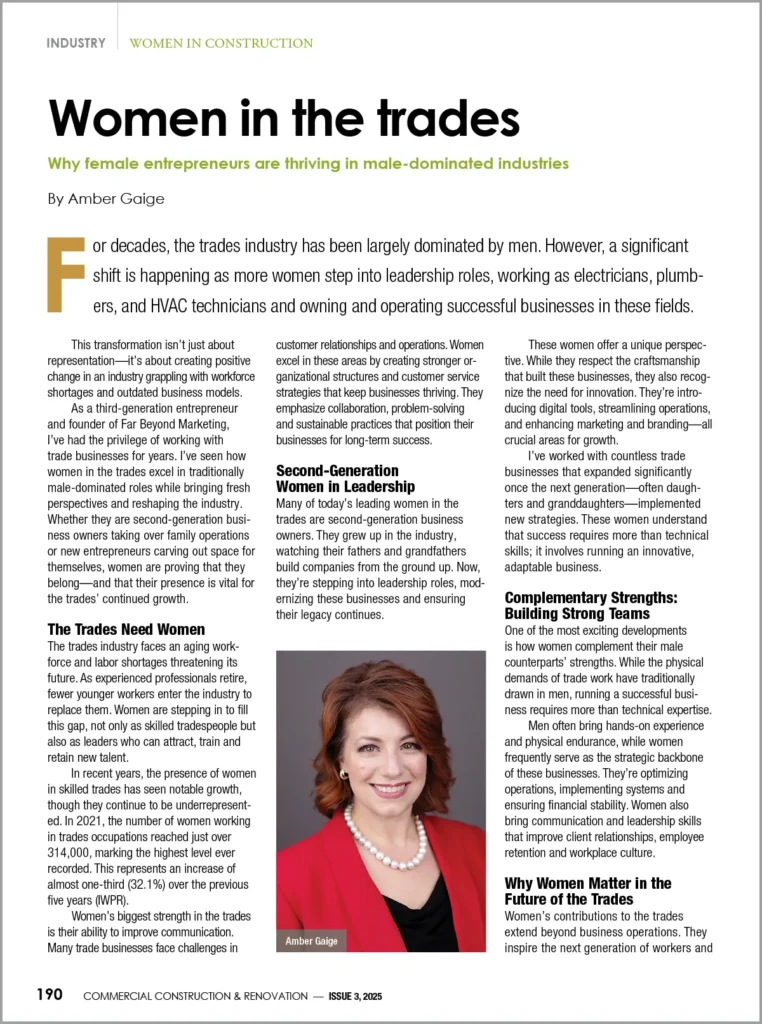When it comes to building or buying a home, most people focus on the fun stuff—floor plans, kitchens, and backyard space. But beneath the surface, there are hidden risks that can turn a dream home into a financial headache.
Understanding these risks early on is the key to protecting your investment and your peace of mind. One of the most important tools in this process is flood risk assessments. These assessments help determine if a property is at risk of flooding due to its location, nearby water sources, or changes in weather patterns.
While they’re just one part of the puzzle, they highlight how serious hidden risks can be in residential development.
What Are Hidden Risks?
Hidden risks are problems that aren’t always obvious during a quick inspection. These can include:
- Soil issues (like shifting or sinking)
- Old utility lines that could be damaged or dangerous
- Nearby industrial sites that may have long-term environmental impacts
- Noise pollution from roads or airports
- Drainage problems that cause water pooling or dampness
- Legal restrictions on what you can build or change
These risks may not show up until months or years after someone moves in, when it’s often too late and very expensive to fix.
Why Do These Risks Matter?
Hidden risks can affect:
- Safety: For example, poor soil conditions could lead to foundation cracks or even a house sinking.
- Value: Properties with drainage or pollution problems tend to drop in value.
- Insurance: Homes in high-risk zones (like flood zones) often cost more to insure.
- Future plans: You may not be able to add an extension or build a pool due to restrictions you didn’t know about.
That’s why spotting these risks before development or purchase is essential.
How to Spot Hidden Risks Early
Here are smart steps you can take to identify risks before they become problems:
1. Get a Professional Site Survey
Before building or buying, hire a surveyor to do a full inspection. This will uncover issues like unstable soil, drainage problems, or existing easements (like utility access).
2. Review Planning Documents
Look into local zoning and planning documents. These can tell you about future road expansions, nearby construction projects, or environmental risks that may affect your area.
3. Use Environmental Reports
Environmental assessments check for things like chemical contamination, flood risks, and soil stability. These are often required for large developments, but individual buyers can request them too.
4. Talk to the Neighbors
One of the simplest ways to learn about potential issues is to talk to people already living nearby. Ask about flooding, noise, pests, or any problems they’ve had with the land.
5. Check Historic Data
Old maps and records can show you if an area has been used for industrial work, landfills, or had a history of flooding. This kind of research can reveal long-term concerns with the area and the real estate, and funnels, according to here.
Managing Hidden Risks Effectively
Once you know what you’re dealing with, the next step is managing those risks so they don’t turn into expensive surprises.
1. Plan Smart from the Start
Design homes and infrastructure based on the site’s limitations. If flooding is a concern, raise the foundation or improve drainage systems from the beginning.
2. Use Expert Help
Hire experts when needed—structural engineers, environmental consultants, and local planning professionals can help you make smart choices that avoid future trouble.
3. Get the Right Insurance
Even if a risk is small, it’s smart to protect yourself. Talk to your insurance provider and make sure you’re covered for the most likely issues in your area.
4. Keep Good Records
Document everything—from surveys and inspections to permits and construction plans. These records will be helpful for future maintenance, resale, or insurance claims.
5. Monitor and Maintain
Hidden risks can grow over time if ignored. Regularly inspect your property for signs of trouble, such as cracks, unusual smells, or water damage. Preventive maintenance is always cheaper than emergency repairs.
Common Risk Traps in Residential Projects
Sometimes, developers and buyers overlook warning signs that seem small but can become major issues later on. Here are a few:
- Ignoring drainage issues: A soggy lawn or minor puddles may signal poor drainage. Left alone, this can lead to foundation damage.
- Underestimating flood zones: Just because an area hasn’t flooded recently doesn’t mean it won’t. Climate change is shifting flood patterns in many regions.
- Skipping soil testing: Not all land is good for building. Clay-heavy or loose soil can lead to serious structural problems.
- Assuming utility connections are safe: Old pipes, wires, or septic systems may not meet modern codes or handle current needs.
Final Thoughts
Hidden risks in residential development can cause major headaches, but they’re not unbeatable. With careful research, expert guidance, and proactive planning, you can avoid most problems before they start. Using tools like flood risk assessments, site surveys, and environmental checks, you can protect both your property and your wallet.
Identifying and managing these hidden risks isn’t just smart—it’s essential for anyone looking to build, invest, or live in a safe and lasting home.






